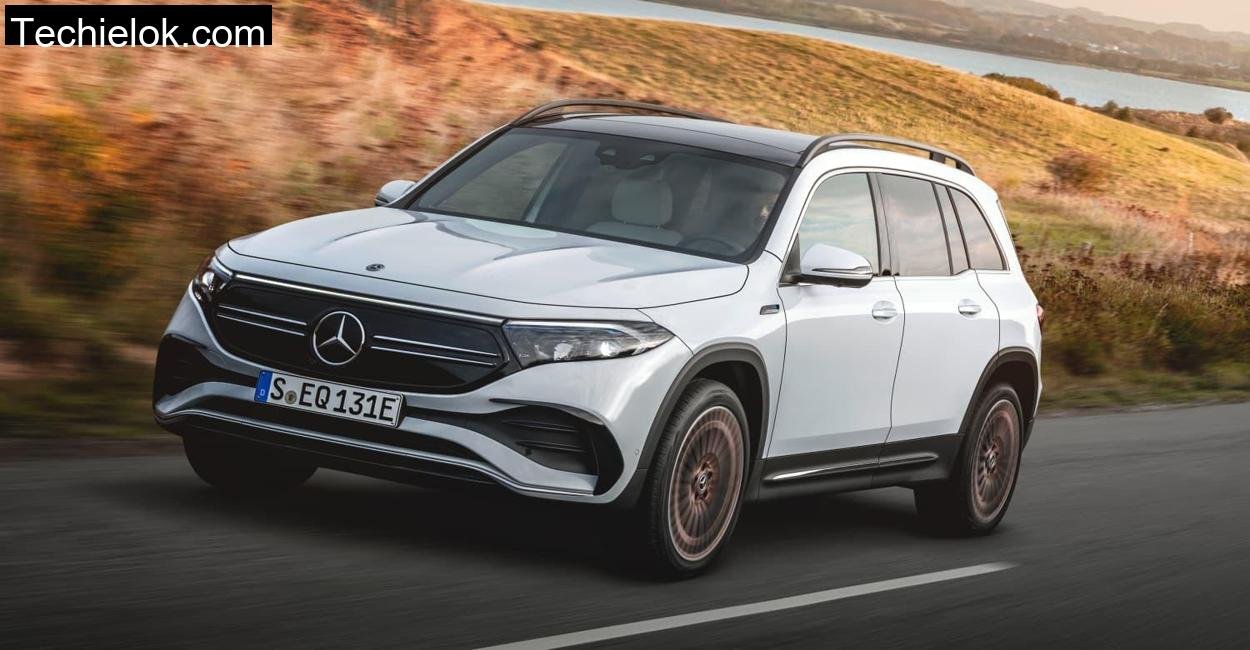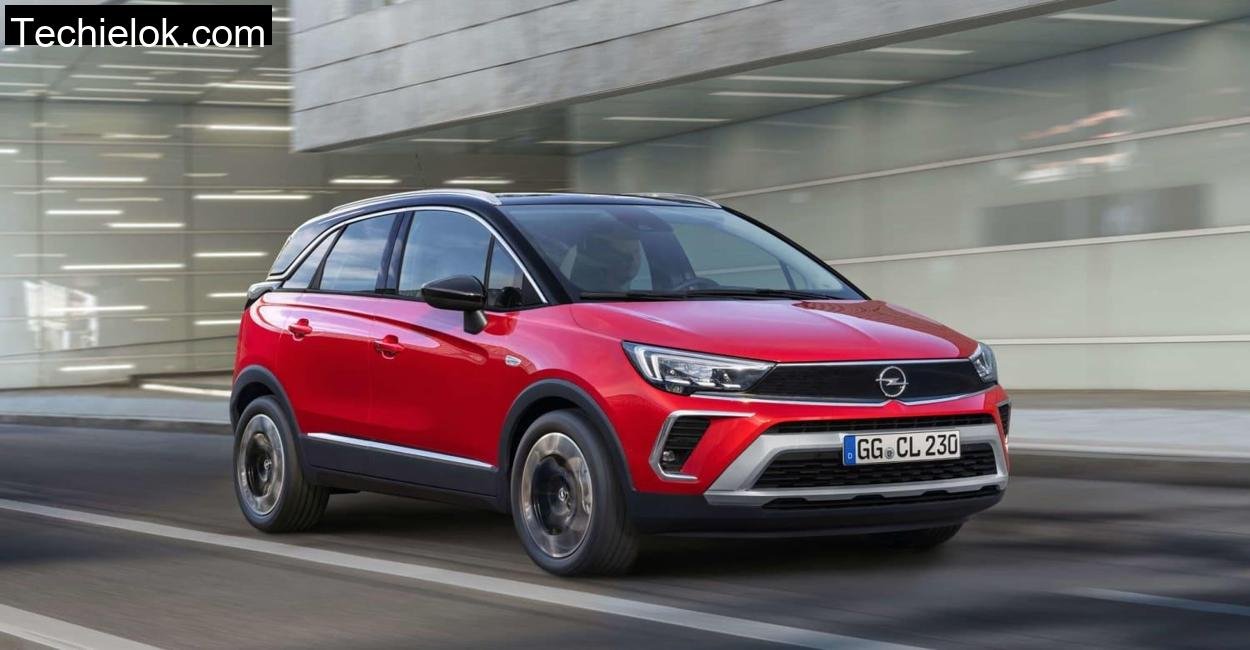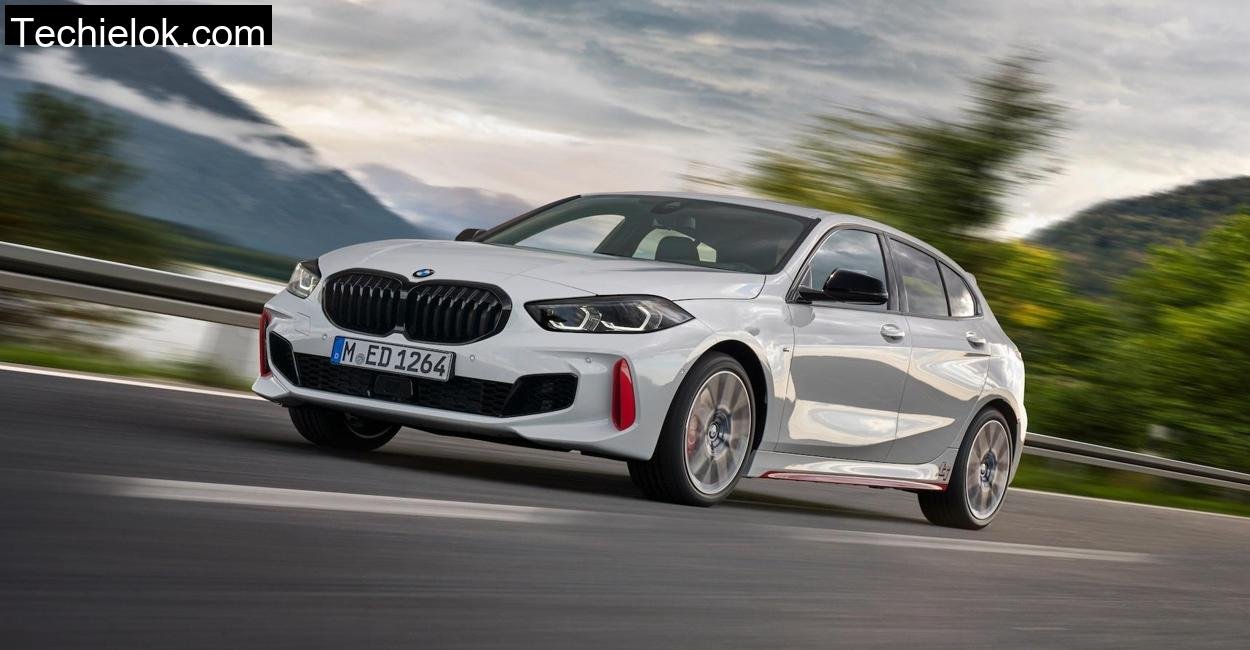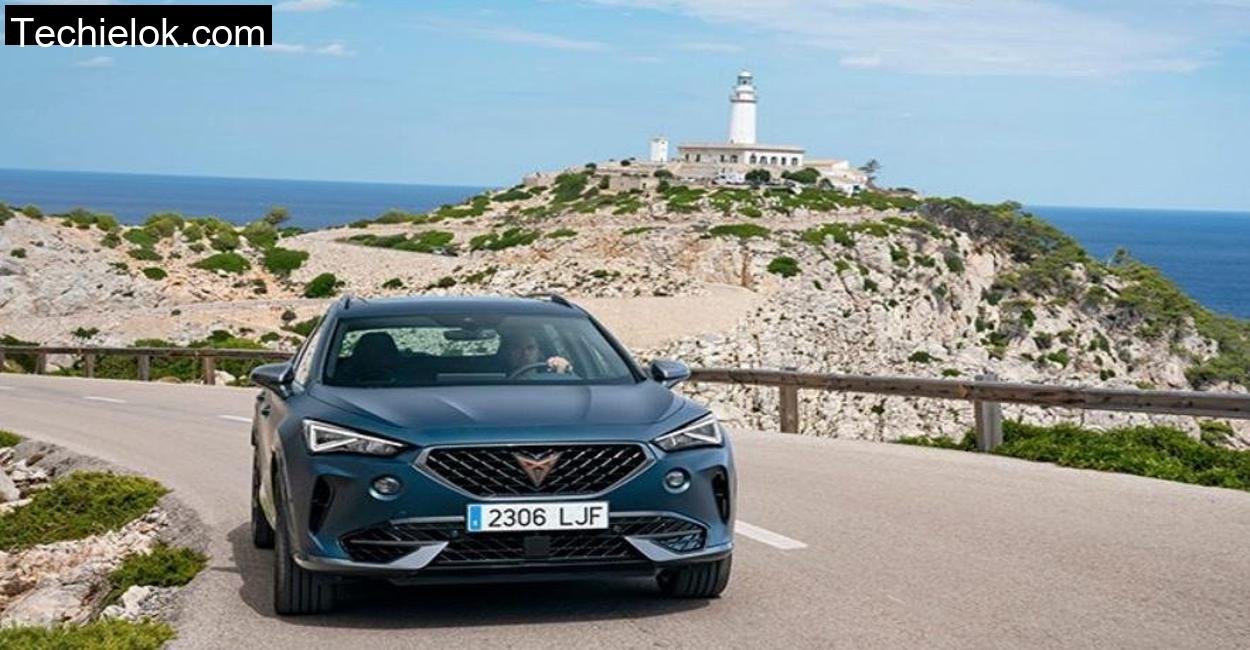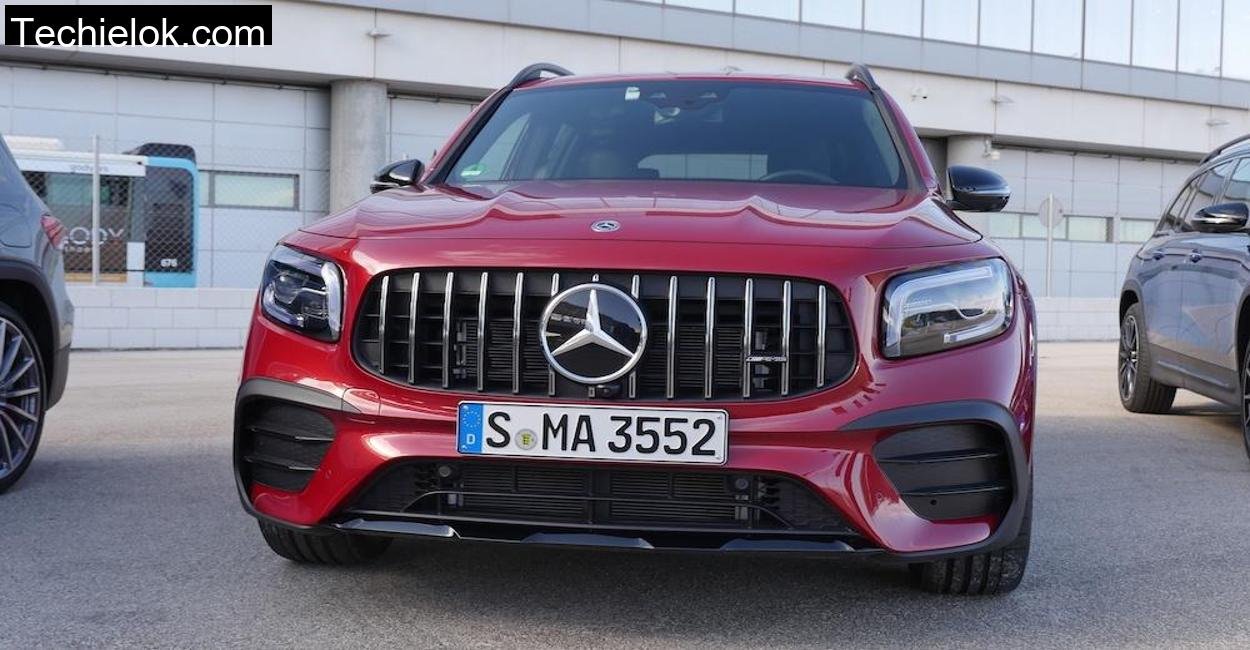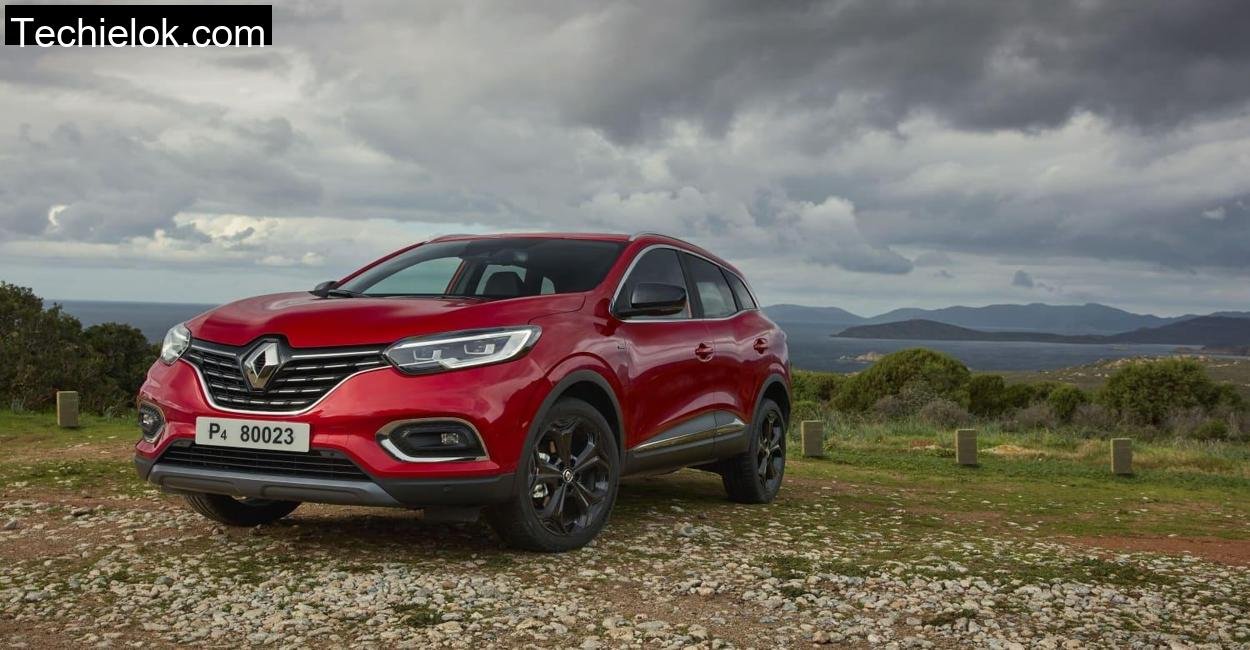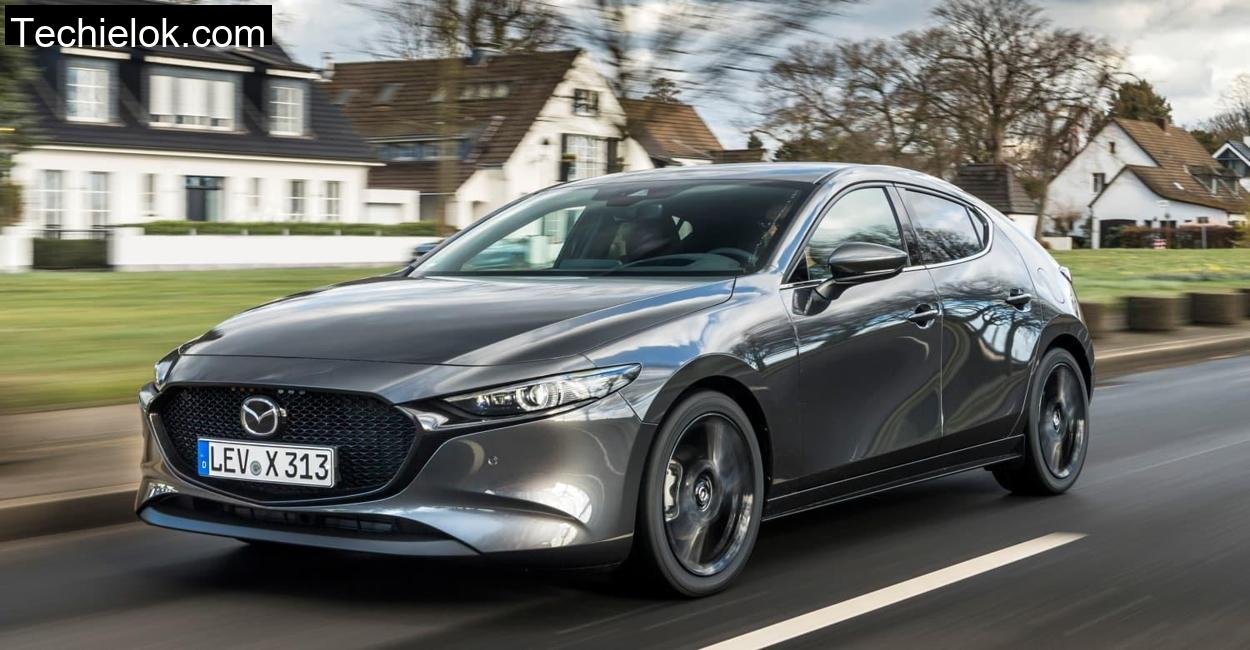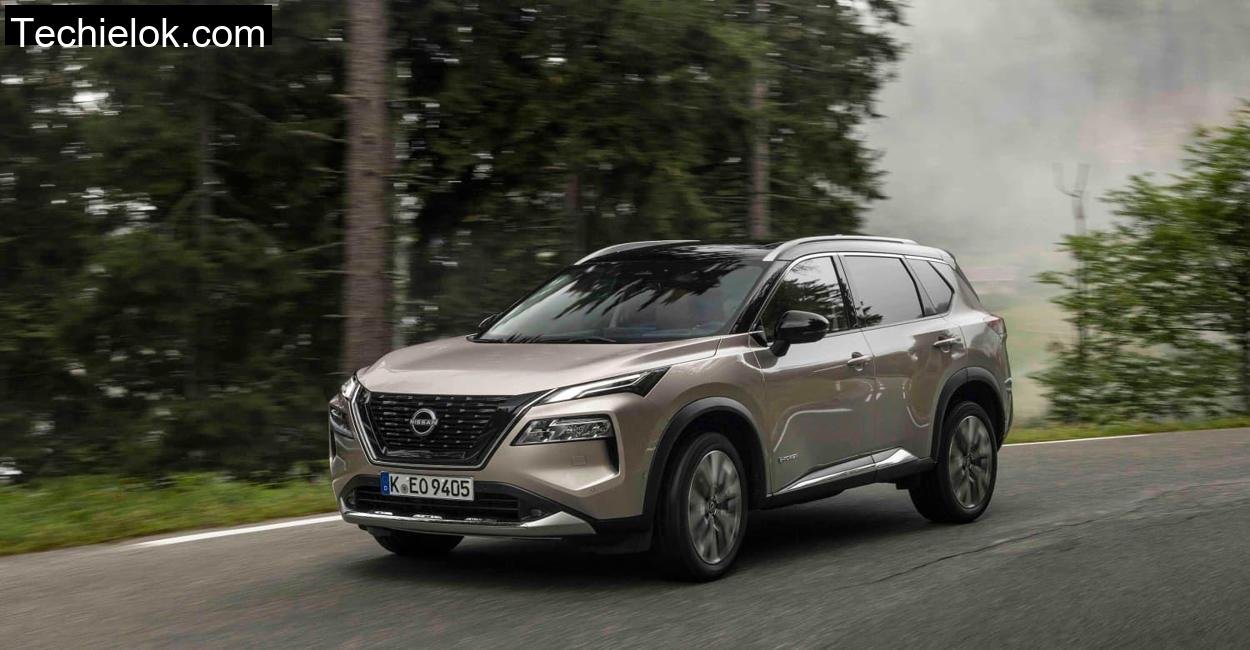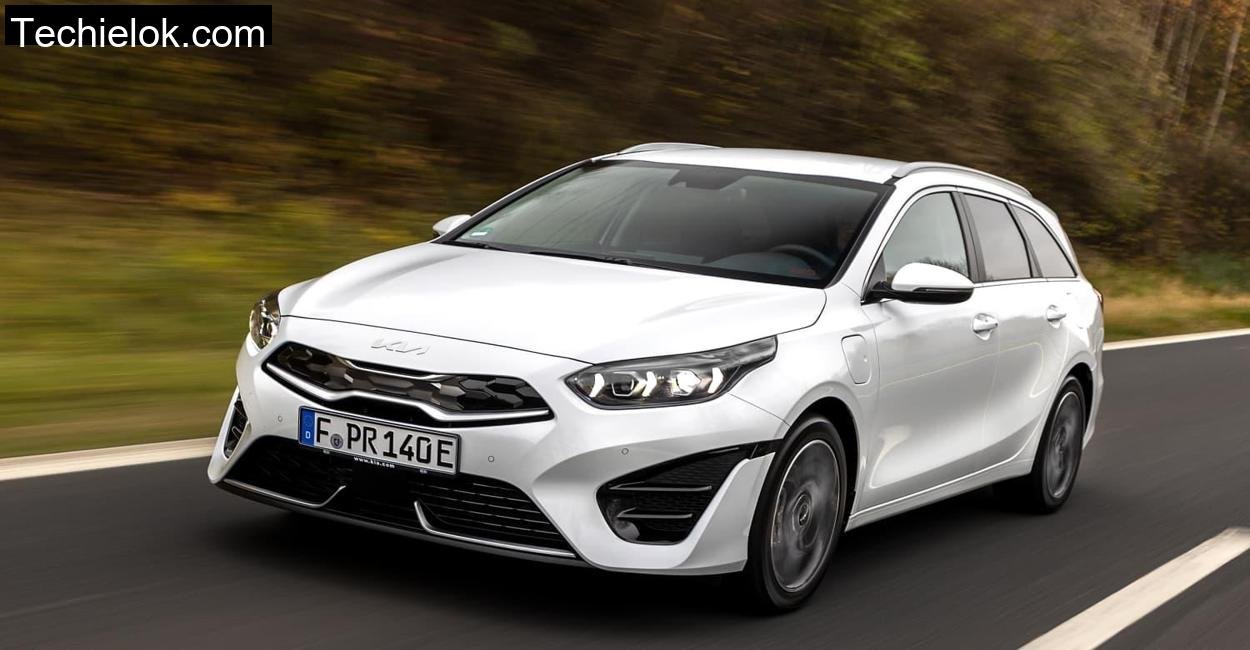It was just after dawn when I rolled silently out of the hotel parking lot near Bad Frankenhausen, the forested slopes of the Kyffhäuser Mountains still wrapped in mist. I was at the base of one of Germany’s most iconic twisty hill roads, 93 corners snaking through 10 kilometers of relentless elevation and sweeping views. I wasn’t in a sports coupe or a featherweight hatchback. No, I was in the Mercedes EQB 350 4MATIC, an all, electric, seven, seater family SUV. And yet, somehow, I wasn’t even worried about the road ahead. In fact, I was curious: can something so pragmatic, so boxy, and so electrically silent stir the soul?
I would find out soon enough.
Spacious Intentions: Practicality Meets Premium
The EQB makes no attempt to disguise its family, friendly DNA. It’s got that upright GLB, derived stance, a flat roofline, and generous dimensions, 4.68 meters long and 1.83 meters wide, but underneath that utilitarian silhouette lies the smooth, grille, less face of the EQ family. It’s a design you grow into. Initially, it looks too rational. But the more I stared at it while plugging it into a DC charger outside Kelbra, the more I appreciated the subtleties. The LED light bar across the rear, the flush wheels, the subtly sculpted body, it’s not screaming for attention, but it’s absolutely sure of itself.
Step inside, and the interior confirms what the exterior hints at: function comes with finesse. The dashboard design is unmistakably Mercedes, with the turbine, style air vents, dual 10.25, inch displays, and ambient lighting that lets you turn the whole cabin into a rolling nightclub. I had it set to a calming blue as I climbed the Kyffhäuser Pass before sunrise, my mountain soundtrack replaced with the silence of electric torque.
This thing has seven seats. And while the third row is best left for children (or your most compact friends), it’s there. The second, row bench can slide 14 cm fore and aft, letting you prioritize legroom or boot space. With all rows up, boot space is limited, but with the third row folded flat, the EQB becomes a serious cargo hauler.
Climbing Curves: How It Drives in the Real World
The Kyffhäuser road is not the natural habitat for an SUV. But the EQB 350, with its 215 kW (292 hp) and 520 Nm of torque, doesn’t care about norms. It’s all, wheel drive, so traction was never in question, even when the mist made the asphalt slick. What surprised me most was the throttle response, it’s instant, yes, but also beautifully progressive. The EQB doesn’t lurch. It glides.
Cornering, however, is where its 2.1, ton weight starts to make itself known. Push it hard into tight bends, and the early ESP intervention comes in like a strict chaperone, no fun allowed. Still, I wasn’t expecting AMG levels of dynamism here. What I got instead was composure. Stability. And on longer, flowing sections of the pass, the EQB was in its element, absorbing imperfections with a silent plushness that few combustion SUVs can match.
The regenerative braking system is a highlight. I used the steering paddles to toggle between modes, D+, D, D, , and the automatic D Auto, which combines radar, navigation, and traffic data to apply regen intelligently. In D Auto, the car slows when it detects a slower vehicle ahead or an upcoming curve, making the entire climb through Kyffhäuser smoother and more efficient.
Range and Charging: The Math of Motion
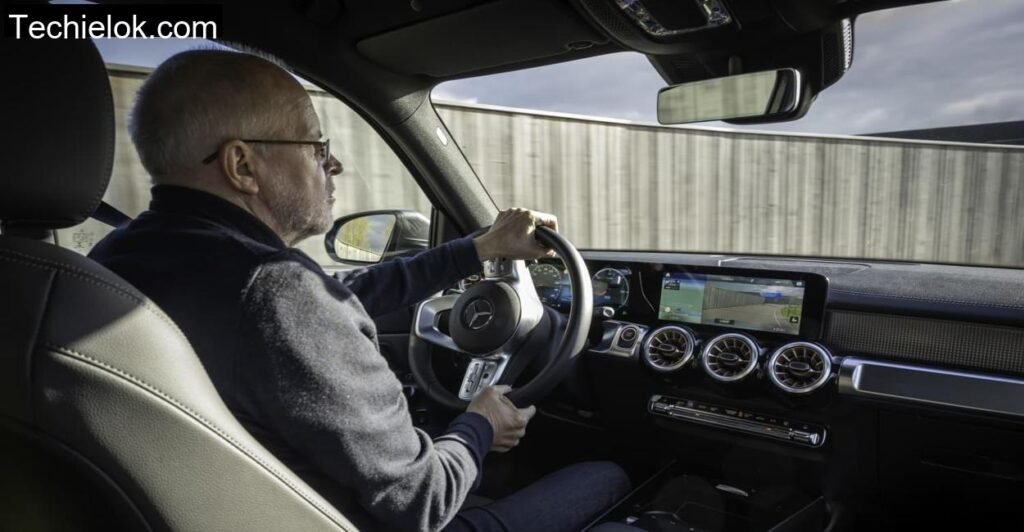
Mercedes claims 420 kilometers of WLTP range. My real, world figure after a full charge in Sondershausen and a mixture of town, mountain, and autobahn driving? About 340 to 360 km. That’s not bad, considering I wasn’t babying it. The route involved spirited hill climbing and some fast stints toward Nordhausen. The ADAC’s number of 21.1 kWh/100 km makes sense to me, it matches what I saw on the dash.
Charging is where the EQB shines quietly. At a 150 kW station, I peaked at just over 100 kW. Mercedes says it averages about 99.5 kW during a rapid session, and that feels accurate. From 10% to 80%, I was ready to roll in about 30 minutes. AC charging is capped at 11 kW, so overnight home charging will take about 6 hours, perfect for regular users.
One annoyance: it doesn’t show whether a fast, charging station is occupied or out of service. In a car with this much tech, that’s a surprising omission. Thankfully, my ADAC e, Charge app filled in the gap.
Comfort and Features: Where It Becomes a Mercedes
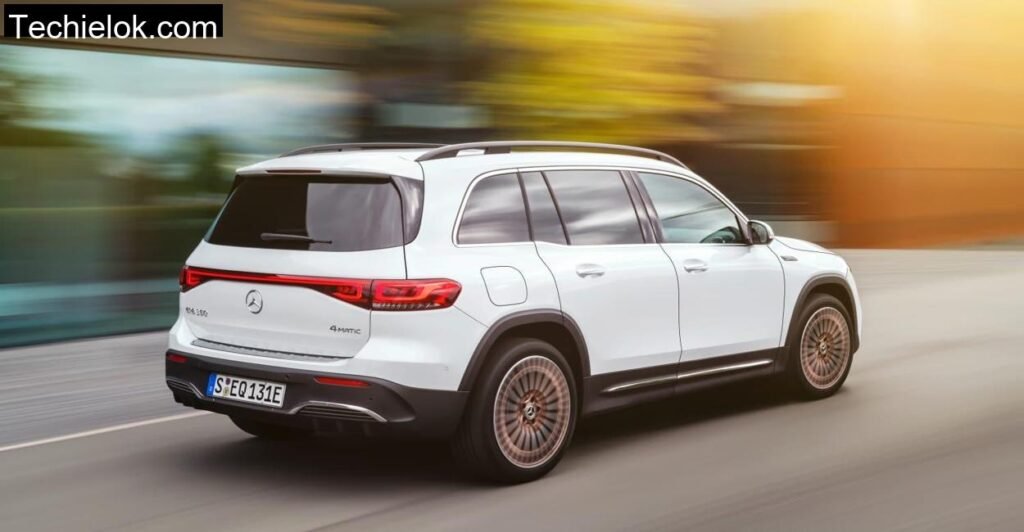
Kyffhäuser’s switchbacks gave me a good sense of the suspension, and it’s a high point. While not sporty, the EQB’s ride quality is excellent. It flattens out rough patches, and over longer autobahn runs back toward Erfurt, it was nothing short of serene. You sink into those electrically adjustable seats and just… float.
This isn’t just a car. It’s an experience, especially in the winter, where the efficient heat pump and climate pre, conditioning via the Mercedes Me app made every cold start in the mountains feel civilized.
MBUX, the infotainment system, remains powerful and frustrating in equal parts. The voice control understands most commands but stumbles in nested menus. The steering wheel buttons require time to get used to. And even after a few days, I still found myself fumbling for the right menu. It’s not badly designed, it’s just dense.
Driver assistance is another strong suit. The EQB came loaded with adaptive cruise, lane keeping, blind, spot monitoring, emergency braking, and predictive Eco Assist. The car brakes for you when approaching traffic, stops when pedestrians cross, and gently corrects your lane placement. It makes commuting feel like gliding.
What’s Missing: Minor Flaws That Matter
No trailer hitch. That’s a letdown. With 4MATIC and that torque, towing should be possible, but it’s simply not offered. Also, the 36.7, meter braking distance from 100 km/h is longer than it should be. It’s acceptable but not confidence, inspiring, especially with a full load of passengers.
The high, spec model I drove (Electric Art) was optioned to nearly €70,000. That’s a big ask, especially when rivals like the Tesla Model Y and Hyundai Ioniq 5 offer more performance or range for less money. But neither of those offers seven seats, a Mercedes badge, or this level of refinement.
Technical Specifications
To stay accurate and dependable, we obtain our technical info directly from Mercedes official source.
| Specification | Detail |
| Drive Type | All, Wheel Drive (4MATIC) |
| Power Output | 215 kW (292 hp) |
| Torque | 520 Nm |
| Battery Capacity (Net) | 66.5 kWh |
| Range (WLTP) | 420 km |
| Real, World Range | ~360 km |
| Acceleration (0, 100 km/h) | 6.2 seconds |
| Top Speed | 160 km/h |
| Charging Power (DC/AC) | 100 kW / 11 kW |
| Charging Time (10, 80% DC) | ~30 minutes |
| Trunk Volume (Normal) | 495 liters |
| Trunk Volume (Max with seats down) | 1710 liters |
| Length x Width x Height | 4684 mm x 1834 mm x 1691 mm |
| Empty Weight | 2175 kg |
| Payload | 405 kg |
| Seats | Up to 7 |
| Base Price | €59,137 |
| Test Car Price (with options) | ~€70,000 |
Conclusion: For Families Who Glide, Not Race
As I parked the EQB at a viewpoint overlooking the Kyffhäuser Monument, I realized something. The EQB doesn’t need to impress with jaw, dropping specs or gimmicky features. What it delivers is confidence, calm, and capability. It’s not a performer like the Model Y, nor a design statement like the Ioniq 5. But it’s a sanctuary. A tool for families who want electric motoring without compromise, except maybe in towing and touchscreen logic.
If you’re after driving thrills, look elsewhere. But if you’re hunting for a practical, refined, premium EV that quietly excels at real life, the EQB makes a compelling case.
Is the Mercedes EQB good for long road trips?
Yes, especially if you plan your charging stops. The comfortable ride, quiet cabin, and accurate navigation with charging integration make it very travel, friendly.
How long does EQB take to charge?
At a 100 kW DC charger, 10% to 80% takes around 30 minutes. With a home wallbox (11 kW), a full charge takes about 6 hours.
Is the EQB expensive to run?
Electricity is cheaper than petrol, especially with home charging. But the high purchase price offsets some of that savings.
